Introduction
If you're wondering whether drone swarms are the next major aviation crisis or a breakthrough for the industry, you're asking the right question. For commercial pilots and aviation safety experts, drone swarm technology is that unexpected turbulence nobody saw coming. One minute, the skies are clear, the next you're navigating a maze of autonomous flying machines. But here's what most news headlines aren't telling you about this airspace revolution..
Understanding Drone Swarm Technology

How drone swarms function and communicate
Drone swarms are basically the cool kids of the aviation world right now. Unlike solo drones, swarms operate as a collective brain with dozens or hundreds of drones moving together. Think of it like this: each drone constantly talks to its buddies through wireless networks, sharing its location, speed, and what it's seeing. The magic happens in the algorithms – these little machines utilize something called "distributed intelligence" to make decisions without a human instructing each individual drone on what to do.
Most swarms rely on three key communication methods:
-
Drone-to-drone direct links
-
Central control station connections
-
Mesh networks, where drones relay messages through each other
The truly impressive swarms don't fall apart if one drone fails – they just reconfigure on the fly.
Current capabilities and limitations
Drone swarms today can pull off some mind-blowing stunts. They can form 3D shapes in the sky, navigate through tight spaces without crashing, and even collaborate to carry objects too heavy for a single drone.
But they're not perfect. Battery life remains the biggest party-pooper, with most swarms limited to 20-30 minutes of flight time. And then there's the communication range – go too far from the control station and things get dicey.
Weather still messes with swarms, too. Strong winds can throw off their precision, and rain can also affect their accuracy. That's a hard no for most commercial drones.
The biggest technical hurdle remains scaling up. While labs have demonstrated swarms of 1,000+ drones for light shows, truly autonomous operations with complex tasks still cap out at much smaller numbers.
Key differences from individual drone operations
Flying a single drone versus managing a swarm is like comparing a solo bicycle ride to directing traffic in Times Square.
| Single Drone | Drone Swarm |
|---|---|
| Simple control system | Complex distributed algorithms |
| One point of failure | Redundant and resilient |
| Limited data collection | Multiple perspectives and massive data |
| Easy regulatory compliance | Complex legal challenges |
With swarms, you're not just flying – you're orchestrating. The collective can cover more ground, scan from multiple angles, and create redundancy that solo drones just can't match.
The flipside? Swarms need exponentially more computing power and sophisticated collision-avoidance systems, and they raise way more eyebrows from aviation regulators.
Recent technological advancements
The past two years have seen some serious leaps in swarm tech. Researchers have cracked new algorithms that let drones predict each other's movements more accurately, cutting down on the communication bandwidth needed.
AI has changed the game, too. Swarms now learn from experience – each flight makes the next one smarter. Some cutting-edge systems can even recognize and adapt to unexpected obstacles without human input.
Miniaturization keeps pushing boundaries. The smallest operational swarms now feature drones barely larger than insects, opening up applications nobody dreamed of five years ago.
The military's pouring money into this field, but commercial applications are catching up fast. Package delivery companies are experimenting with swarms that can handle multiple deliveries in a single deployment, and search-and-rescue teams are testing systems that can canvas disaster areas in minutes instead of hours.
Potential Benefits to Commercial Aviation
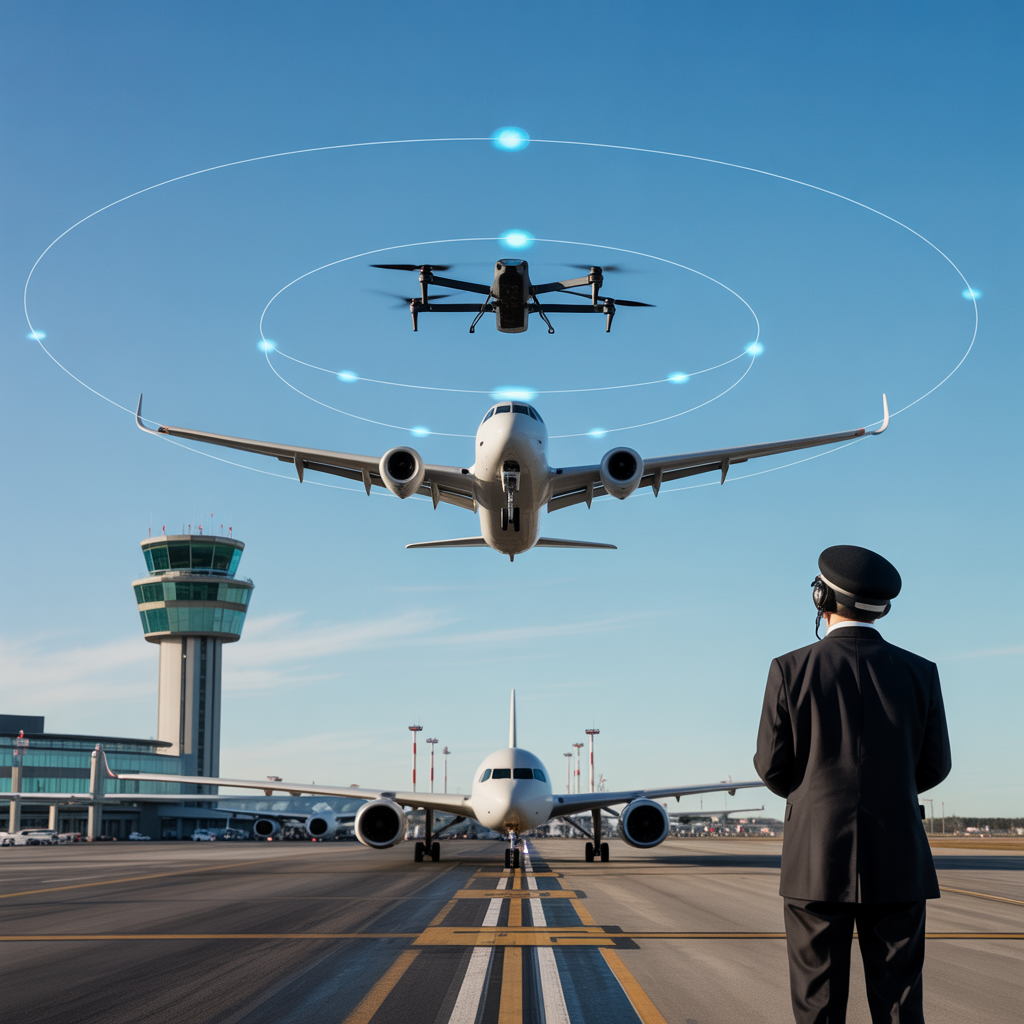
Enhanced safety inspection capabilities
Aircraft inspections are no joke. They're time-consuming, expensive, and sometimes dangerous for the humans who have to climb all over those massive machines. Enter drone swarms.
Picture this: instead of sending technicians up on lifts to inspect a Boeing 747 or an Airbus 380, a coordinated fleet of tiny drones zips around the aircraft, capturing high-resolution images from every angle in minutes. They spot microscopic cracks and defects that human eyes might miss. Airport operators can deploy drones for runway inspections . They don't get tired. They don't need breaks.
Several airlines are already testing these systems. United Airlines saved 3.5 hours per inspection when they tried drone-based visual inspections. That's not just convenient—it's revolutionary.
Emergency response and search operations
When things go wrong in aviation, they go wrong fast. Drone swarms can deploy immediately after incidents, providing real-time visuals to emergency teams before humans can safely approach.
In search operations following accidents, drone swarms can cover massive areas quickly, using thermal imaging to locate survivors in remote terrain. They can deliver emergency supplies while rescue teams are en route.
The math is simple: faster response times = more lives saved.
Efficient airspace monitoring
The skies are getting crowded. Commercial flights, private aircraft, helicopters, and yes, recreational drones, all competing for airspace.
Drone swarms act like airborne traffic cops, monitoring designated zones and feeding data directly to air traffic control systems. They spot unauthorized incursions instantly and track weather systems moving toward busy flight paths.
This isn't science fiction—it's happening now at airports like Heathrow and Dubai International, where monitoring drones help maintain the safety buffer between aircraft.
Cost-saving opportunities for airlines
Airlines operate on razor-thin margins. Every dollar counts. Drone swarms offer serious savings:
-
60% reduction in aircraft inspection costs
-
40% less downtime during maintenance cycles
-
Fuel savings through optimized routing based on real-time airspace data
-
Reduced bird strike incidents (costing the industry $1.2 billion annually)
For a major airline, these savings could mean tens of millions annually. In an industry where ticket prices are constantly squeezed, that's breathing room they desperately need.
Weather and environmental data collection
Weather surprises are an airline's nightmare. Drone swarms collect atmospheric data at multiple altitudes simultaneously, creating 3D models of developing weather systems that traditional methods can't match.
They monitor volcanic ash, bird migrations, and air quality—all factors that impact flight safety and routing decisions.
The coolest part? These swarms share data instantly across airline networks, meaning a drone detecting turbulence over Chicago helps flights approaching from hundreds of miles away adjust their routes accordingly.
Safety Concerns and Risks
A. Collision threats to aircraft
Drone swarms represent a whole new level of risk for commercial planes. Unlike single drones, these coordinated groups can overwhelm safety systems designed for isolated threats.
Picture this: a commercial jet coming in for landing when it encounters not one, but dozens of small drones. Even a single drone hitting an engine can cause catastrophic damage - now multiply that risk by 50 or 100.
Tests have shown that drone impacts differ significantly from bird strikes. While aircraft are designed to handle the soft tissue of birds, drones contain hard metal components and lithium batteries that can pierce engine blades or windshields.
The numbers are scary. A typical commercial drone weighing just 2kg striking an aircraft at cruising speed delivers impact forces equivalent to a 20kg mass dropped from height. Now imagine that multiplied across a swarm.
B. Air traffic management challenges
Our current air traffic management systems weren't built with drone swarms in mind. Period.
Controllers already juggle hundreds of aircraft in busy airspace. Adding swarms of small, fast-moving drones creates a nightmare scenario.
The problem? Drones don't behave like traditional aircraft. They can change direction instantly, operate at varying altitudes, and communicate as a collective rather than individual units.
Traditional separation standards become meaningless when dealing with objects that can split apart and regroup at will. How do you maintain a safe distance when the very definition of "aircraft" becomes fluid?
C. Radar detection limitations
Here's the hard truth: most airport radar systems struggle to spot individual drones, let alone swarms.
Conventional radar works great for detecting large metal objects like planes, but small drones with composite bodies often fly right under the radar - literally. Their low radar cross-section, slow speeds, and ability to hover make them nearly invisible to systems designed for traditional aircraft.
When drones operate as coordinated swarms, they create complex, inconsistent radar signatures that existing systems might register as background noise or weather patterns.
New specialized detection systems combining radio frequency monitoring, acoustic sensors, and optical cameras show promise, but widespread implementation remains years away.
D. Potential for malicious use
The nightmare scenario keeps security experts up at night: What happens when drone swarms are weaponized against commercial aviation?
Unlike random drone incursions, coordinated swarms could be programmed to target specific aircraft, overwhelm defensive systems, or create diversionary tactics. The distributed nature of swarms makes them nearly impossible to completely neutralize once deployed.
Beyond direct collision threats, swarms could be used to disrupt airport operations through coordinated incursions into protected airspace. We've already seen how single drone sightings can shut down major airports - now imagine dozens working together.
The technology to create basic swarms is already accessible to sophisticated non-state actors, with components available commercially and open-source coordination software readily found online.
Regulatory Landscape

Current FAA and International Guidelines
The sky isn't a free-for-all, folks. Drone swarms are hitting a regulatory wall that wasn't built for their unique capabilities.
In the US, the FAA's Part 107 rules were designed for single drones with single operators. They require visual line-of-sight operation and one pilot per drone. See the problem? Swarm technology basically breaks this model.
International regulations are just as fragmented:
| Region | Key Regulations | Swarm Provisions |
|---|---|---|
| EU | EASA framework | Limited exceptions for research |
| UK | CAA Drone Code | No specific swarm provisions |
| China | CAAC rules | Some military allowances |
| Australia | CASA guidelines | Experimental permits only |
Most aviation authorities worldwide share the same blind spot: they're stuck in the single-drone mindset while technology has moved on.
Gaps in Existing Regulations
The regulatory holes are big enough to fly a whole drone fleet through.
First, there's no standardized definition of what constitutes a "swarm" versus coordinated flight. Is it five drones? Fifty? Who knows!
Second, liability becomes murky water. When something goes wrong with a swarm, who's responsible? The operator? The programmer? Who is the manufacturer of the coordination software?
Third, security protocols for preventing hostile swarm deployment near airports simply don't exist in meaningful ways.
The scariest gap? Collision avoidance systems for commercial aircraft weren't designed to handle multiple small objects moving in coordinated patterns.
Upcoming Policy Changes
Change is coming, but slowly. Too slow.
The FAA's Beyond Visual Line of Sight (BVLOS) rulemaking committee is finally addressing multiple-drone operations, with draft policies expected by mid-2025.
Internationally, ICAO (International Civil Aviation Organization) has established a working group specifically for drone swarm integration into airspace.
The European Union is ahead of the curve with its U-Space initiative, which will create a separate traffic management system for drones, including provisions for coordinated flights.
Industry stakeholders are pushing for "technological neutrality" in new regulations, meaning rules should focus on capabilities and safety outcomes rather than specific tech implementations.
Smart money says we'll see tiered regulations based on swarm size, with different rules for 5-drone formations versus 50-drone displays.
Real-world Incidents and Case Studies
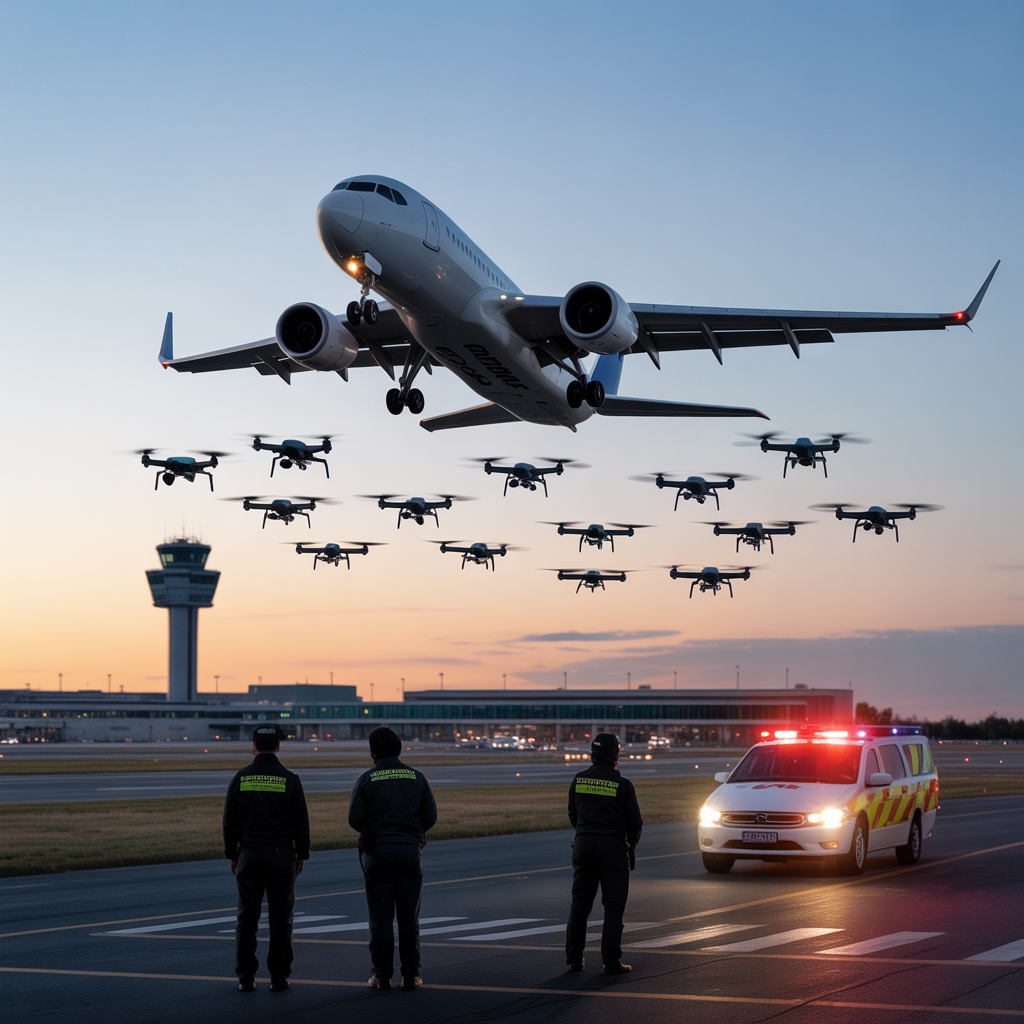
Documented near-misses with commercial aircraft
The skies are getting crowded, and not just with birds. In 2018, Gatwick Airport ground to a halt for 36 hours when drones repeatedly violated its airspace. Over 1,000 flights cancelled. 140,000 passengers stranded. Chaos.
But that was just two rogue drones. What about swarms?
A 2019 incident over Frankfurt saw pilots report a cluster of 12 drones flying in formation at 8,000 feet—right in commercial airspace. The aircraft had to divert, causing ripple delays throughout European airspace.
In Dallas-Fort Worth, a 2020 near-miss involved a Boeing 737 encountering what the pilot described as "at least 15 small objects moving in coordinated patterns" during final approach. The plane landed safely, but the incident sparked an FAA investigation.
Successful drone swarm implementations in aviation
Not all drone swarm stories end in disaster. Several airports now deploy friendly drone swarms for bird control. Helsinki Airport's "BIRDRON" system uses coordinated drones that mimic predator behaviors, reducing bird strikes by 62% since implementation.
Singapore's Changi Airport takes it further. Their "SkyNet" program employs 24 autonomous drones that work together to:
-
Monitor perimeter security
-
Inspect runways for debris
-
Create 3D maps of airport terrain
-
Provide emergency response coordination
Lessons learned from military applications
The military figured out drone swarms years ago, and commercial aviation is playing catch-up.
The U.S. Navy's LOCUST (Low-Cost UAV Swarming Technology) program demonstrated how a single operator can control dozens of drones simultaneously. Their collision-avoidance algorithms? It is now being adapted for commercial drone traffic management.
Israel's defense forces pioneered "geo-fencing" technology that creates virtual no-fly zones. This tech now forms the backbone of most commercial drone containment systems.
The key takeaway? Military drone swarms taught us that centralized control systems fail. Distributed intelligence—where each drone makes decisions but communicates with the group—works better.
Future Integration Possibilities
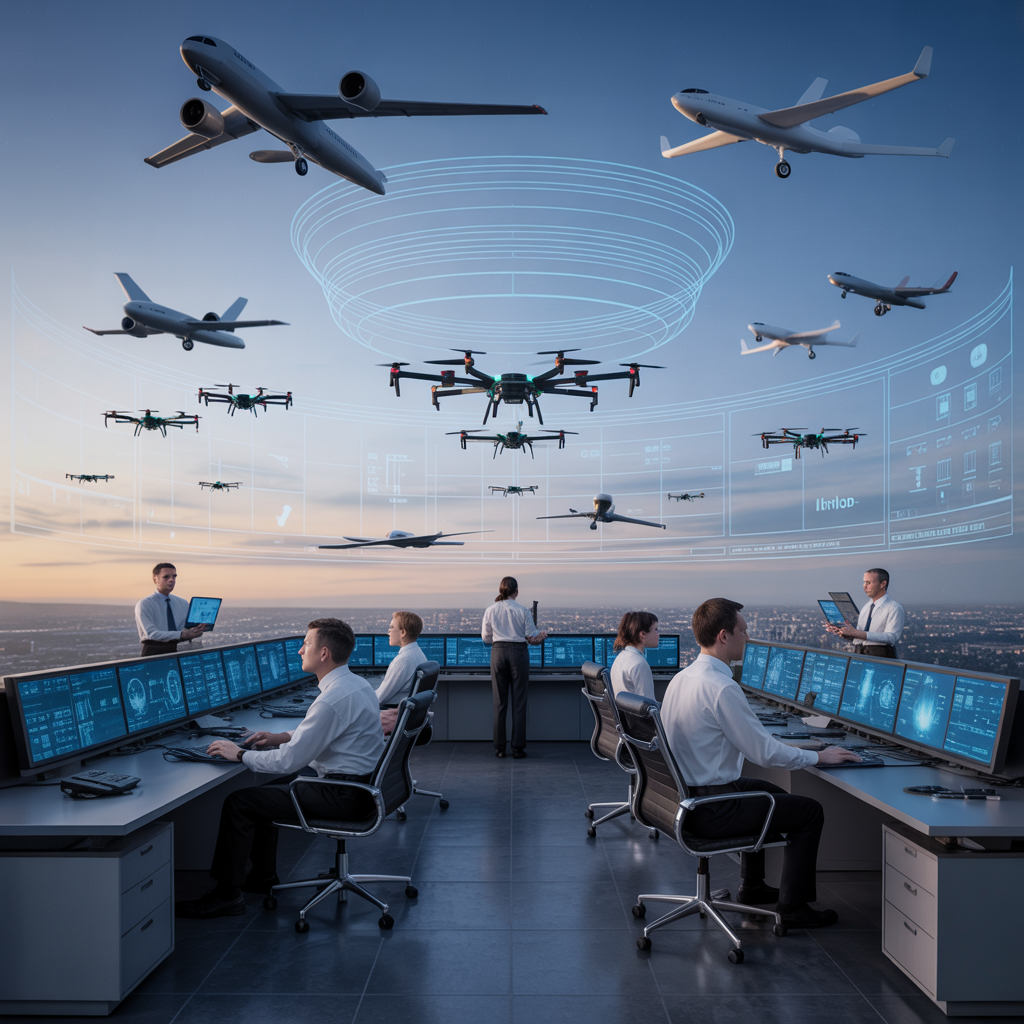
Ever wonder how thousands of drones could share the sky with passenger jets without total chaos? The answer lies in smart collaborative systems.
Think of it like traffic management for the skies, but way more sophisticated. These systems would create a digital map of all aircraft positions in real-time, constantly updating and calculating safe paths.
Airlines are already testing platforms where drone operators and air traffic controllers can see each other's movements and intentions. No more guessing games about who's flying where.
The tech behind this isn't just cool—it's necessary. Commercial planes can't swerve around every little drone, so we need systems that prevent conflicts before they happen.
AI-powered collision avoidance technologies
AI is changing the game for aviation safety. Unlike humans, who might panic or miss things, AI can process thousands of variables in milliseconds.
These systems work like this: sensors detect objects, AI calculates trajectories, and if paths might cross—boom, instant correction without human delay.
The coolest part? The more these systems operate, the smarter they get. They learn from every near-miss and develop better prediction models.
For commercial pilots, this means less stress. Instead of constantly scanning for tiny drones, they can trust that automated systems will handle potential conflicts.
Designated drone corridors
Picture highways in the sky—specific routes where drone swarms can safely travel without crossing paths with bigger aircraft.
These corridors would work as digital tunnels with clear boundaries. Drone swarms stay in their lanes, commercial planes in theirs.
Some cities are already mapping out these aerial corridors:
-
Low-altitude paths for delivery drones
-
Mid-altitude corridors for inspection drones
-
Specific crossing points where drones can safely change altitude
This isn't just theoretical. Places like Singapore are actively building these systems right now, creating separate zones for different aircraft types.
Communication standards between aircraft and drone swarms
The biggest roadblock to safe integration? Different aircraft speaking different languages—digitally speaking.
We need universal communication protocols so a Boeing 787 can instantly understand what a swarm of delivery drones is doing. Think of it as everyone agreeing to speak the same language in the sky.
The standards being developed include:
-
Automatic position broadcasting
-
Intent signaling (where aircraft are heading next)
-
Emergency override protocols
Without these standards, we're stuck with separate systems that can't talk to each other—a recipe for disaster when airspace gets crowded.
The tech exists. The challenge is getting everyone—from drone manufacturers to airlines to regulators—to adopt the same standards worldwide.
Industry Perspectives
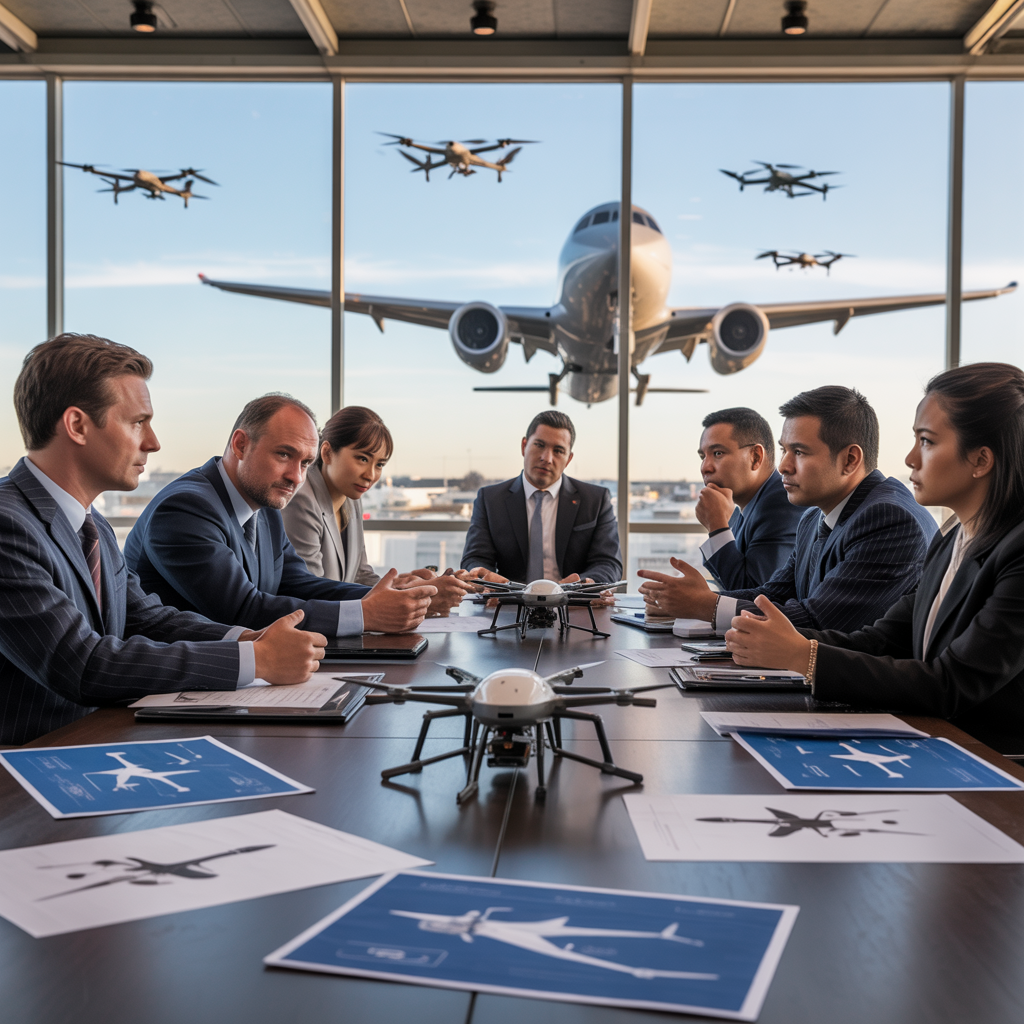
A. Commercial airline positions
Major airlines aren't exactly thrilled about drone swarms. And can you blame them? Delta and United have both pushed for tighter regulations after several near-misses with drones during critical flight phases.
American Airlines recently invested in counter-drone technology to protect its ground operations. Their VP of Safety put it bluntly: "We're not against innovation, but when thousands of drones operate near our aircraft, we need serious safeguards."
Airlines want three things: mandatory drone registration, stricter no-fly zones around airports (at least 8 miles), and technology that prevents drones from entering restricted airspace.
B. Drone manufacturers' viewpoints
Drone makers are singing a different tune. DJI, the market leader, argues that its products already include geofencing that prevents operation near airports.
"The issue isn't responsible manufacturers," says a DJI spokesperson. "It's homemade drones or modified commercial ones that bypass safety features."
Smaller manufacturers worry that excessive regulation could kill innovation. They're pushing for industry-led solutions rather than government mandates.
C. Air traffic controllers' concerns
Talk to air traffic controllers and you'll hear genuine worry. They're already managing increasingly crowded skies, and drone swarms add a whole new dimension of complexity.
"We can't see most drones on radar," explains one veteran controller. "When pilots report them, we're basically flying blind, trying to direct traffic away from an invisible hazard."
The National Air Traffic Controllers Association has called for better drone tracking integration into existing systems and additional staffing to handle drone coordination.
D. Insurance and liability considerations
Insurance companies are scrambling to figure out how to price this new risk. Who's liable when a drone swarm disrupts airport operations? What about when they cause accidents?
"The liability framework is playing catch-up," says an aviation insurance executive. "Traditional policies weren't designed with drone swarms in mind."
Some insurers now offer specific drone coverage, but costs remain high due to uncertain risks. Airlines worry they'll bear the financial burden of incidents they didn't cause.
E. Passenger perceptions
Passengers have mixed feelings. A recent survey found 64% worry about drones colliding with their plane, while 28% think the risk is overstated.
When told about drone delivery benefits, passenger attitudes improve somewhat. But safety concerns persist, especially among frequent flyers who've heard pilots announce drone sightings.
"I see both sides," says one business traveler. "I want my Amazon packages delivered in hours, but not if it means worrying about a drone hitting my flight."
Conclusion
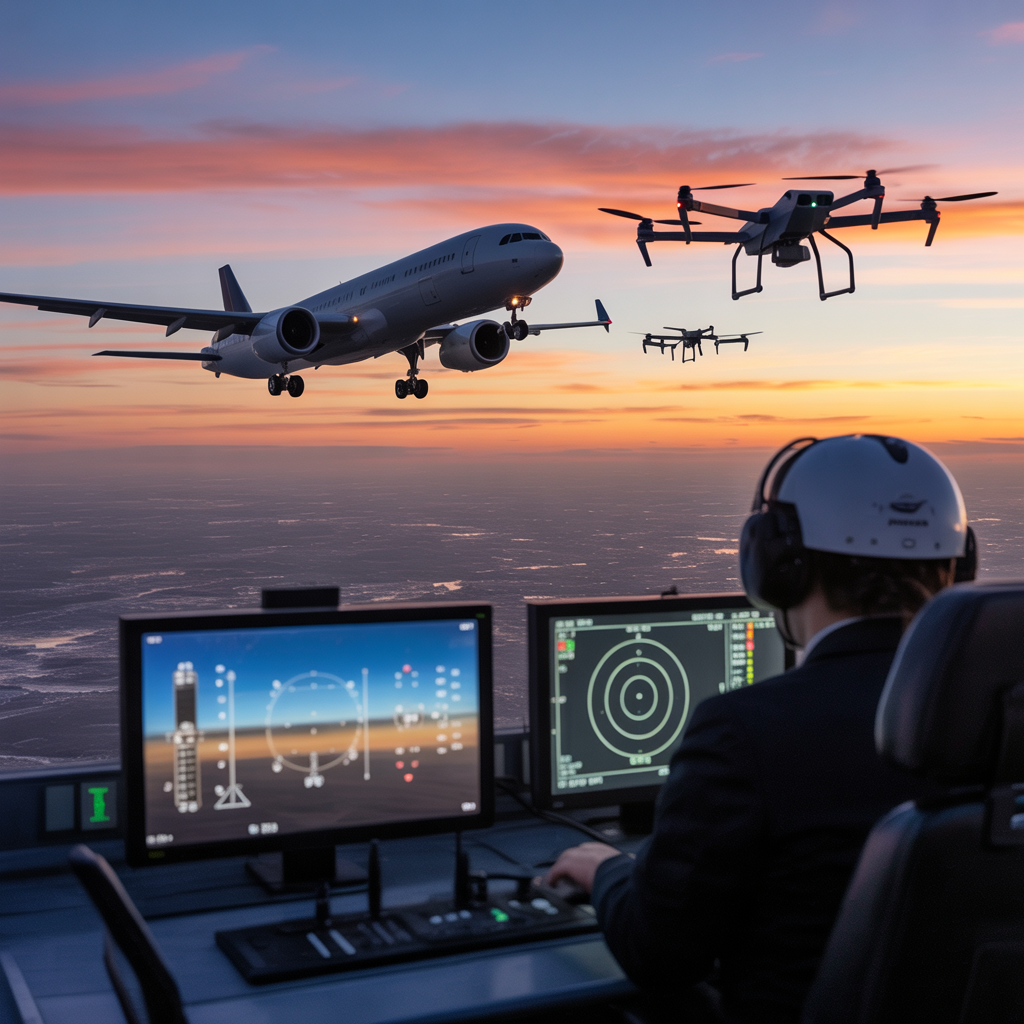
Drone swarm technology represents a fascinating frontier for commercial aviation, offering benefits like improved surveillance, search and rescue operations, and streamlined cargo delivery. However, these advantages must be carefully balanced against significant safety concerns, including collision risks, communication interference, and privacy issues. The evolving regulatory landscape shows authorities working to establish frameworks that enable innovation while prioritizing safety.
As drone swarms advance from theoretical concepts to practical applications, the aviation industry must collaborate on technical solutions and standardized protocols. The path forward requires ongoing dialogue between commercial aviation stakeholders, drone developers, and regulatory bodies to ensure these technologies enhance rather than endanger our skies. With thoughtful integration and proper safeguards, drone swarms can transform from potential foes to valuable allies in commercial aviation's future.
Author: GR Mohan




